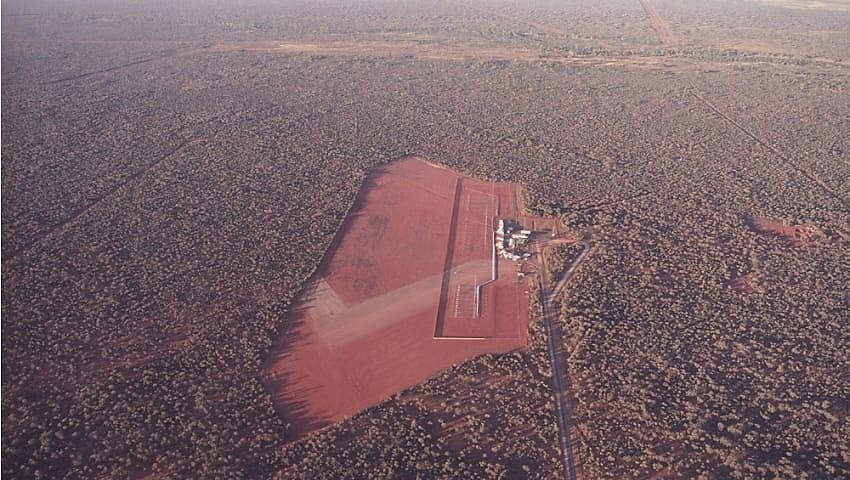There’s little doubt that 2018 will serve up its fair share of controversy, with a number of major defence procurement and sustainment programs set for decision and action.
To continue reading the rest of this article, please log in.
Create free account to get unlimited news articles and more!
No matter which design Defence and ultimately the government chooses as the Army’s new combat reconnaissance vehicle (CRV), there will be screams of outrage.
That’s because one contender, BAE Systems Australia, says it will assemble its AMV35 vehicle in Victoria, while the other, Rheinmetall Defence Australia, says it will build its Boxer CRV in Queensland.
While Defence has conducted its very comprehensive assessment of the merits of the two vehicles, the politicians have waged their own very public campaigns to win the large number of jobs on offer and support their local constituents.
This project, LAND 400 Phase 2 – which will replace the Army’s ageing ASLAVs – is a very big deal, worth $4-5 billion for 225 vehicles.
Should it win, BAE Systems Australia will assemble its vehicles at Fishermans Bend, Victoria, while Rheinmetall Defence Australia will build its vehicles in Brisbane.
Defence has given no clear timetable for when the final decision on the successful tenderer will be delivered.
It says evaluation will conclude in the first half of 2018 and it will then make a submission to government for Gate Two approval.
If there’s not much between the two contenders, the government could look to see whether their is greater political advantage in building in Victoria or Queensland, considering the next federal election is due in mid-2019.
The naval shipbuilding agenda
The LAND 400 deal is substantial but it’s dwarfed by SEA 5000, the $35 billion project to build nine Future Frigates to replace the eight Anzacs and create a national high-tech manufacturing sector based around shipbuilding.
It was never intended that these vessels would be assembled anywhere but the Techport precinct outside Adelaide, though the size of the project likely means companies in every state and territory will gain a share of the work.
The three contenders are Spanish firm Navantia with its F-5000 based on the design of the Hobart-class DDGs, UK firm BAE Systems Australia with its Type 26 – a new design now under construction for the Royal Navy – and Italian firm Fincantieri, Europe’s largest shipbuilder, with its FREMM – a mature design in service with French, Italian and other navies.
Bids closed in August 2017 and are now under consideration. A decision is expected in April this year.
Formal announcement forthcoming on OTHR?
Another significant decision has been tipped as imminent all through 2017, and will surely come in 2018. That’s who will perform the $1 billion upgrade on the Jindalee Operational Radar Network (JORN) under Project AIR 2025 Phase 6.
Late 2017 saw intense industry scuttlebutt surrounding the announcement of the winner of the JORN project, with some calling it the worst kept secret in defence, however no concrete statement has been issued by the government or by either of the two contending primes.
JORN is utterly unfamiliar to most Australians but is one of the nation’s crown jewels, a radar system that can look north and west, into the Indonesian archipelago and out into the Indian Ocean. Its precise reach and capability remain classified.
JORN is a world-class over the horizon radar (OTHR) that delivers visibility over Australia’s northern approaches from three remote locations including Laverton (Western Australia), Alice Springs (Northern Territory) and Longreach (Queensland), supported by a control centre at RAAF Base Edinburgh in South Australia.
The state-of-the-art system provides wide area surveillance at ranges of 1,000 to 3,000 kilometres and plays a vital role in supporting the Australian Defence Force’s air and maritime operations, border protection, disaster relief and search and rescue operations.
Two firms are vying for the JORN upgrade; BAE Systems Australia and Lockheed Martin Australia.
Much of the technology dates back to the 1970s when the project was launched. The upgrade project will refresh hardware and software and will start this year, extending system life out to the 2040s.

 Login
Login







